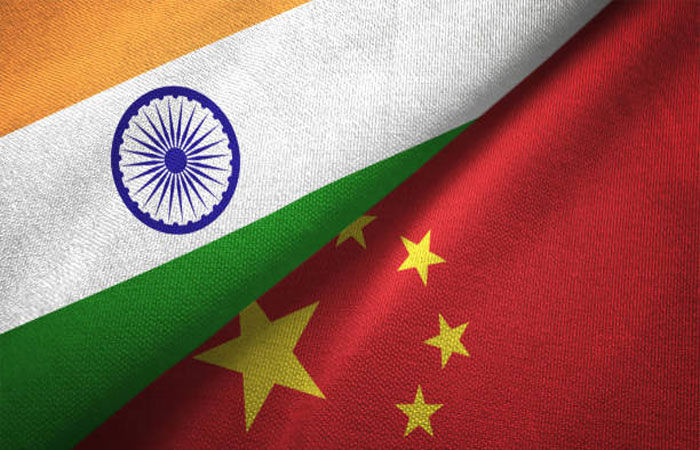
New Delhi: Despite India's Foreign Minister Subrahmanyam Jaishankar advising China's Foreign Minister to respect the LAC during the SCO meeting, the Dragon continues to plot on the border. Satellite images have revealed that the Chinese army has been digging for bunkers for a long time in the area near Pangong Lake in eastern Ladakh.
China also has a military base in the Pangong Lake area of eastern Ladakh, where underground bunkers have been built to store weapons, fuel and shelter for armored vehicles. However, China's activities near Pangong Lake had increased earlier as well. Border tensions between India and China also started in 2020 due to the Dragon's intrusion into the Pangong Lake area.
Near Pangong Lake is the Sirjap Military Base of the Chinese Army PLA, which is the headquarters of the Chinese troops deployed around the lake. China has built this military base at a place which India claims. The Chinese military base is just five km away from the Line of Actual Control (LAC). It is very far away, this area was uninhabited before the conflict started on the LAC in May 2020.
Photos shared by Black Sky, an American company that records satellite images, show that there are underground bunkers at the Sirijap military base. It is being used to store weapons, fuel and other supplies. The Sirijap base was built in 2021-22.
Eight sloping entrances to the underground bunker are clearly visible in satellite images. Similarly, there is a small bunker near the large bunker, where five entrances are visible. Experts say that these shelters are also built to protect vehicles from air strikes. A BlackSky analyst said that the military base is a large part of armored vehicle storage facilities, test ranges, fuel and weapons storage buildings. He said that the military base currently has artillery and other weapons, which are connected by a large network of roads and trenches. China's military base is 120 km from the conflict zone in the Galvan Valley. It is in the south-east. So far there has been no official comment from the Indian Army in this regard.
 look news india
look news india